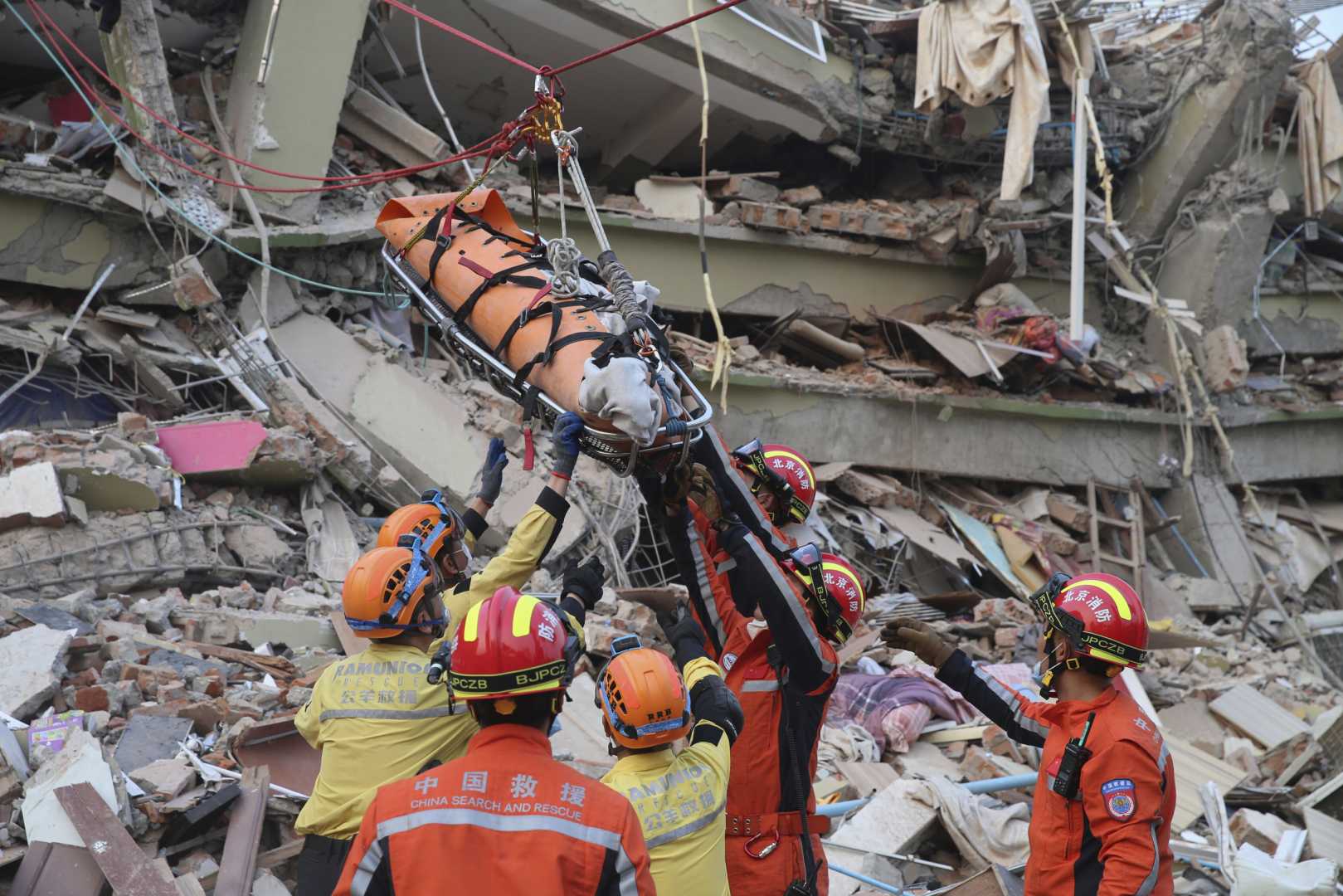World
Devastating 7.7 Magnitude Earthquake Strikes Myanmar, Casualties Rise

YANGON, Myanmar — A catastrophic 7.7 magnitude earthquake struck Myanmar on Friday, March 28, 2025, causing significant destruction and loss of life. The tremor’s epicenter was located 16 kilometers (10 miles) northwest of Sagaing, a city that lies about 200 kilometers (125 miles) north of the capital, Nay Pyi Taw. The earthquake knocked down buildings and left millions in fear as aftershocks continued throughout the day.
The military government of Myanmar reported over 2,700 confirmed deaths and more than 4,500 injuries, figures which are expected to rise as rescue efforts progress. Rescue teams are struggling to reach victims, with reports of people trapped in collapsed structures.
“We are searching with bare hands for survivors,” an official from the military junta commented as their personnel navigating the wreckage of Mandalay reported significant damage.
The earthquake was preceded by an aftershock of magnitude 6.4 only 12 minutes later, and tremors were felt as far away as Thailand and southwestern China. The Thai capital, Bangkok, which lies over 1,000 kilometers (621 miles) from the epicenter, witnessed the collapse of a high-rise building due to the quake.
The first quake hit at approximately 12:50 p.m. local time (06:20 GMT), with subsequent aftershocks registering at magnitudes that caused panic among residents. Many fled their homes fearing further tremors, and witnesses reported that an unfinished office tower swayed violently in Bangkok, prompting evacuations.
The U.S. Geological Survey estimates the death toll in Myanmar could exceed 10,000, and economic losses could surpass the nation’s annual output. Meanwhile, international aid is beginning to flow into the country, particularly from China and India, as the military government issued a rare appeal for assistance.
Currently, emergency declarations are in effect for the six most affected regions: Sagaing, Mandalay, Magway, Bago, Shan, and Nay Pyi Taw. The need for aid is pressing, as hospitals are overwhelmed with casualties and many areas lack basic necessities like electricity and clean water.
Michael Dunford, country director for the UN World Food Programme, emphasized the logistical challenges of delivering aid as damaged infrastructure complicates efforts. “Bringing aid to affected areas has become increasingly difficult due to destruction,” he stated.
The National Unity Government (NUG) of Myanmar announced that its armed resistance would halt offensive military actions in earthquake-affected regions for two weeks as a gesture of compassion towards desperate communities.
This quake adds to Myanmar’s history of seismic activity along the Sagaing Fault, which has produced notable earthquakes in the past. The calamity also compounds the struggles Myanmar faces following a military coup in 2021 that has further destabilized the nation.
In light of the ongoing crisis, aid organizations, including the Red Cross and the UN, are mobilizing resources and calling for donations. The Red Cross has launched an urgent appeal for $100 million, while the UN seeks $8 million specifically for earthquake response efforts.
The international community remains vigilant, with countries like Thailand and Malaysia sending aid teams and supplies. As further seismic activities continue, warnings remain for aftershocks, with experts stressing the region’s ongoing risks.












